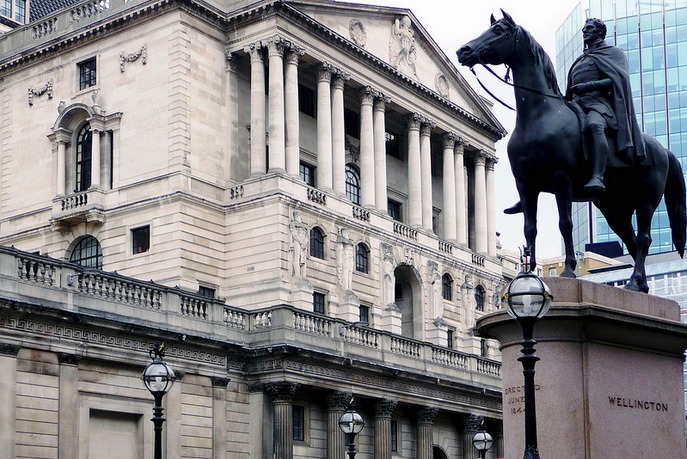In High Yield, Expect Volatility, Not Crisis
| For Fórmate a Fondo | 0 Comentarios

We’ve been hearing a lot lately from people who fear that rising interest rates may cause a crisis in US high yield. In our view, the logic doesn’t add up.
Don’t get us wrong: we understand why some investors are anxious. After all, it’s been almost a decade since the Federal Reserve last raised rates, and these many years of cheap credit conditions have left high yield looking a bit pricey. As we’ve written before, that’s certainly a reason to be selective. But it’s no reason to retreat from high yield altogether.
So what exactly are people worried about?
The hypothetical scenario goes something like this: Over the next year or two, rising rates will make it hard for high-yield companies to roll over their debt when their bonds mature, causing many to default. That could provoke a sell-off, and the less liquid conditions that make it harder to buy and sell bonds could turn into a full-fledged crisis.
Standing Tall as Rates Rise
There’s a lot to unpack there. First, let’s address default risk. This is something investors must always keep an eye on, and nobody should disregard it because current default rates remain low.
But here’s the thing: Rising interest rates don’t necessarily mean defaults will spike. In fact, high yield has weathered rising rate environments well. Since 1998 there have been four calendar years in which the Fed lifted policy rates, and high yield posted a positive return in all of them (Display).
That’s largely because rising rates go hand in hand with an improving economy. And in a growing economy, companies’ business prospects and credit standing improve, causing the extra yield offered by high-yield bonds versus US Treasuries—the yield spread—to shrink. This scenario works in favor of high-yield prices.
Different Bonds, Different Risks
Will the default rate rise as rates move higher? Of course. That’s inevitable when the credit cycle moves from expansion to contraction. Over the next few years, we expect the default rate to drift back toward its long-term average—about 3.8%, according to J.P. Morgan—from a bit less than 2.0% last year.
Moreover, not every high-yield company faces the same risk. We worry about issuers with fragile balance sheets and high debt levels. Many CCC-rated junk bonds fall into this category.
For companies with sound finances—including many BB- and B-rated high-yield issuers—rising rates are less of a concern. And remember—Fed policymakers have been pretty clear about their intention to push up rates slowly. Some market participants now say they don’t expect the first hike until 2016. That doesn’t strike us as a frightening scenario for high yield.
We think it’s also helpful to keep in mind that high-yield bonds, like most other bonds, have a known ending value. As long as the issuer doesn’t go bankrupt, investors get their money back when the bond matures. A period of rising rates may sometimes make total return lower than it would otherwise have been. But it doesn’t mean bond investors have to lose money. They may even come out ahead.
Liquidity Risk Can Be Managed
What about liquidity? There’s no doubt there’s less of it in today’s fixed-income markets. But this isn’t a new phenomenon. Corporate bond markets in general—and high yield in particular—were never as liquid as US Treasuries. And new bank regulations that have been draining even more liquidity from the market have been on our radar for years.
But as we’ve pointed out before, illiquid markets can offer attractive opportunities. When liquidity dries up in one sector, it can be plentiful in another. If managed properly, it can be an additional source of return.
US high-yield companies are by and large in the later stages of the credit cycle. But we don’t think investors should be winding down their high-yield allocations. Interest rates overall will remain low even after the Fed starts tightening policy. At average yields of nearly 6%, high-yield bonds offer investors who do their credit analysis a reasonable opportunity to potentially boost returns.
Should you expect periodic bouts of volatility in the coming year or two as Fed rate hikes become a reality? Absolutely. But a crisis? We don’t think so.
Opinion column by Gershon M. Distenfeld, CFA, Head of High-Yield Debt Securities across dedicated and multisector fixed-income portfolios for AllianceBernstein.
The views expressed herein do not constitute research, investment advice or trade recommendations and do not necessarily represent the views of all AB portfolio-management teams.












